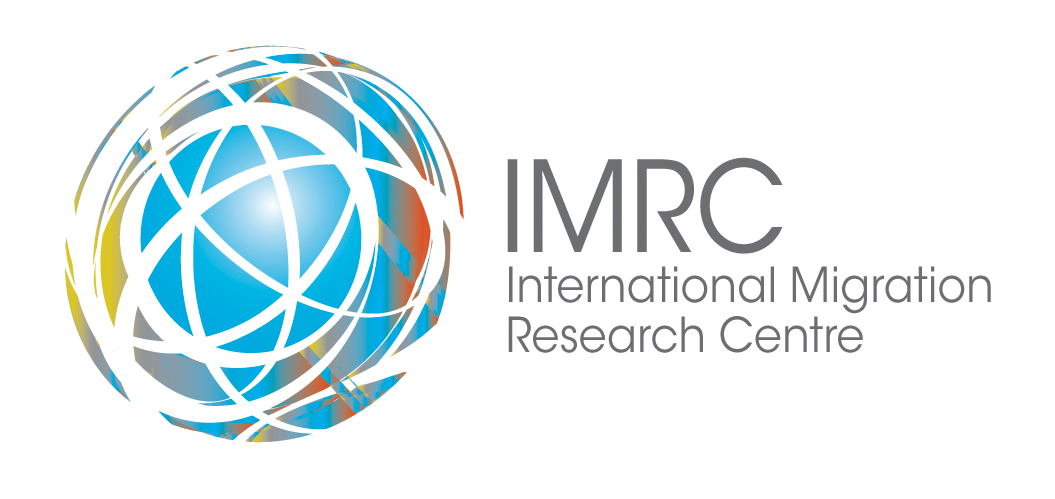Document Type
Policy Points
Publication Date
9-2017
Department
Department of Geography and Environmental Studies
Abstract
International students are increasingly seen as potential migrants in the Canadian context. Pathway language programs are widely recognized as an effective system to enhance international students’ linguistic skills and a means towards effective cultural adaptation before entering university degree programs. University instructors commonly agree that Asian international students experience integration challenges. Given that China continues to dominate as the leading sending country of international students to Canada, this research examined Wilfrid Laurier University’s affiliated language program, which has a large Chinese student population, in order to assess the socio-cultural adaptation process. Considering the variable educational contexts that Chinese international students engage in, research data was collected among a) current language students at Laurier English & Academic Foundation (LEAF) (a pre-degree program), b) LEAF graduates now studying in an undergraduate program at and c) Laurier undergraduate students admitted directly from Chinese high school. Using a Likert Scale survey (n=127) and semi-structured interviews (n=13), statistical and qualitative analyses were conducted. The results indicated that LEAF graduates–having the longest residency in Canada and having completed language training before university—ranked the lowest in social and linguistic skills among the three groups. Directly admitted undergraduates ranked second; current LEAF students ranked as the most satisfied with their socio-cultural skills, English language skills and education capacities in general. This seeming decline in confidence as students move through the educational process suggests that for international students, socio-cultural adaptation processes and language acquisition is non-linear. In other words, it is a bumpy process that can be variable and represented by adaptation valleys and hills. Universities and other service providers involved in international education are advised to be actively engaged in helping international students transition throughout the international student’s migration trajectory.
Recommended Citation
G. Pang and M. Walton-Roberts (2017). International Students Adaptation and Integration in the Canadian University Sector. Waterloo, ON: International Migration Research Centre. Policy Points, Issue XII.


